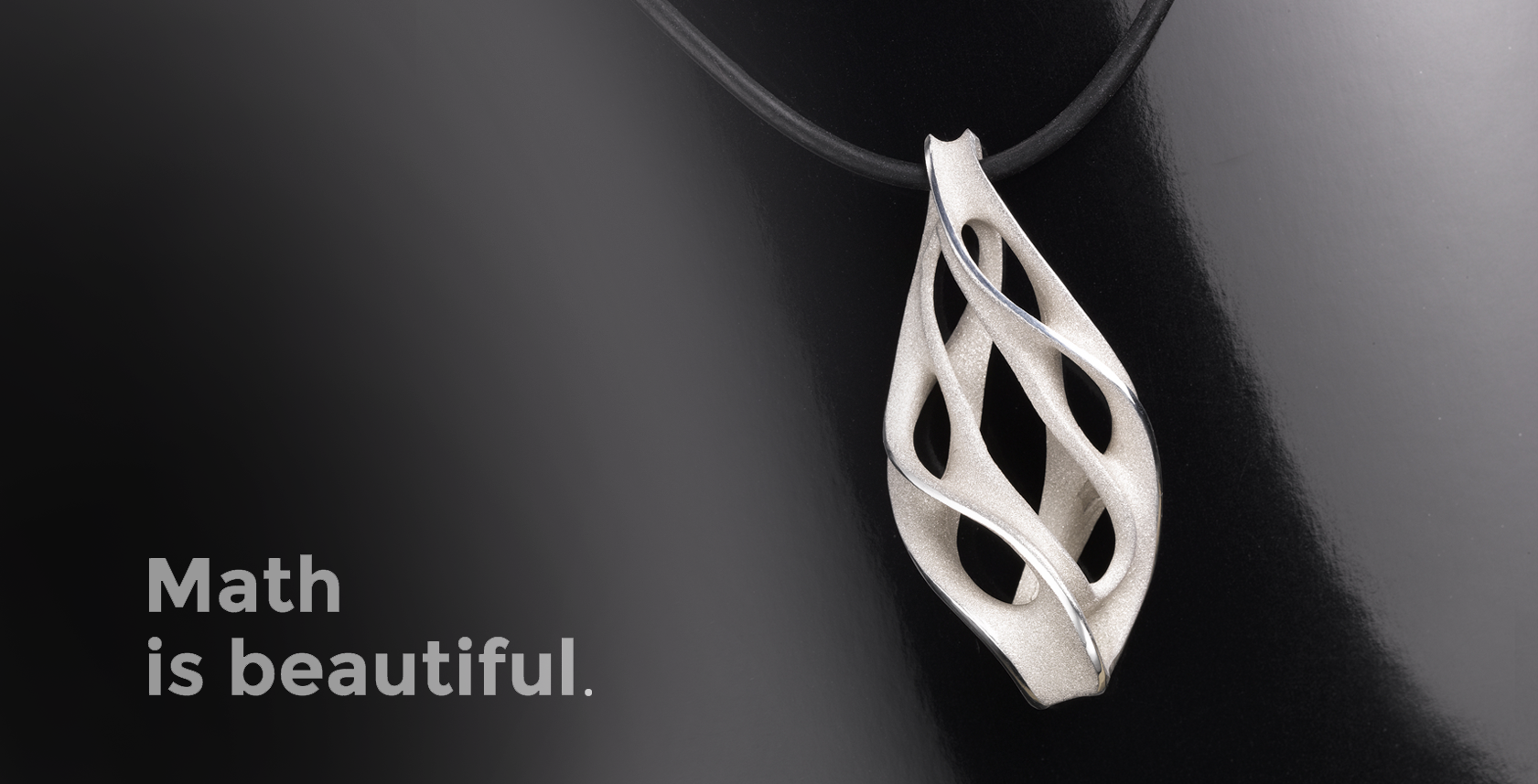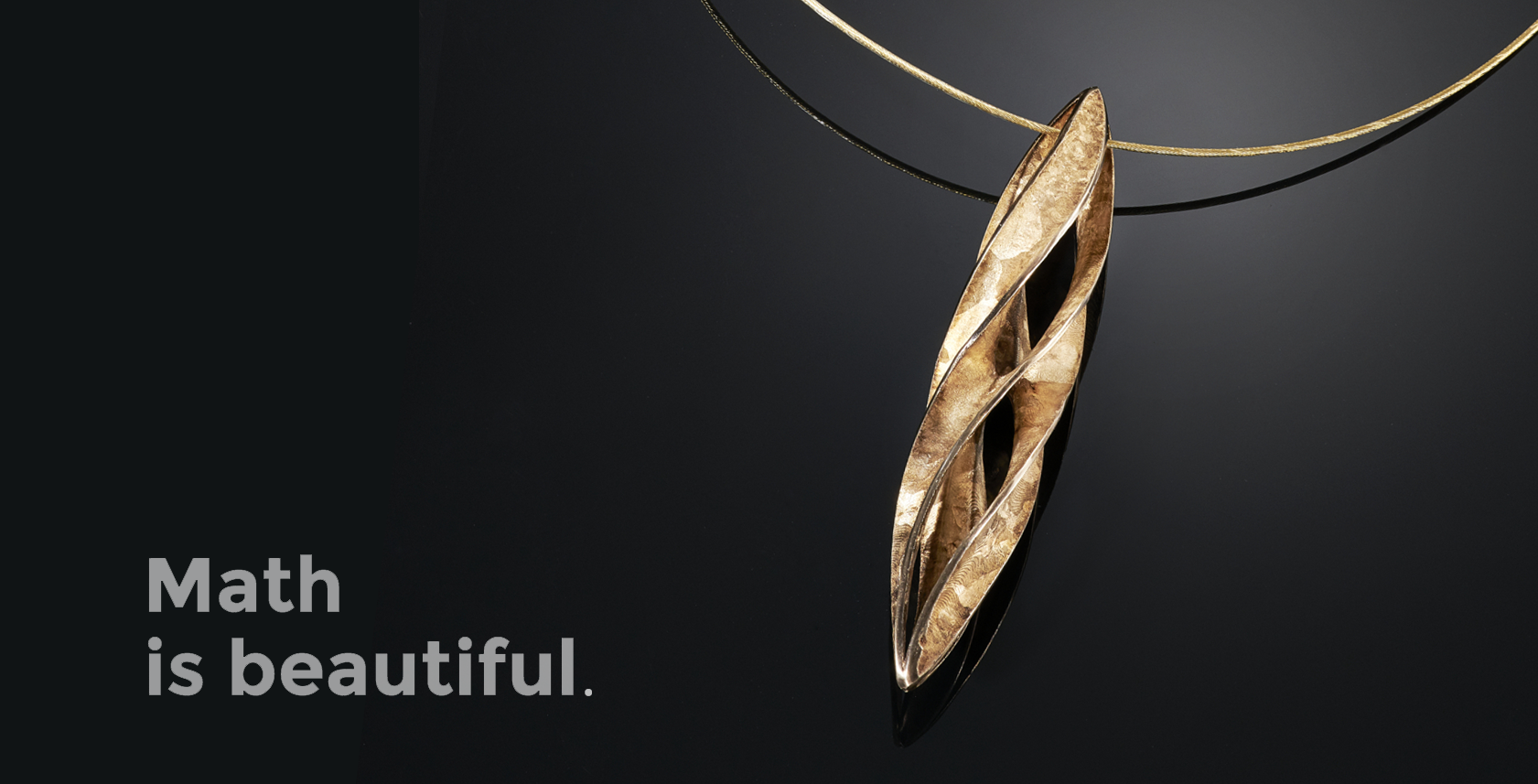Sometimes it takes the eye of an artist to bring the beauty of mathematics to our attention.
The way a soap bubble adapts when it is trapped among other bubbles or inside a wire frame.
This is just one example of Minimal Surfaces.
The Story
After designing jewelry centered around my intaglio engraved stones for decades, I created a self challenge to design sculptures that could be scaled down and worn as jewelry. As all my previous work had been bas reliefs, these sculptures would be full round.
In researching resources and concepts, natural forms and math inspired forms piqued my interest. I then discovered the link between differential geometry, Cubism and other expressions of Modern Art. Further research uncovered the significant influence this field of math has had on painting, sculpture and architecture through the 20th Century into the 21st Century.
As documented by Dr. Nathaniel A. Friedman of University at Albany-SUNY in his article “Hyperseeing, Knots and Minimal Surfaces” . Differential geometry introduces the concept of the fourth dimension or hyperspace. From this, the Cubists invented “hyperseeing” or seeing an object from all angles simultaneously.
In Dr. Friedman’s words “This type of all-around seeing, as well as a type of x-ray seeing, was known to the Cubists painters such as Braque, Duchamp and Picasso. In particular, Cubists were led to showing multiple views of an object in the same painting.”
I then started creating sculptures that could be scaled and worn as pendants, earrings and rings. This was accomplished by editing the original formulas of well known minimal surfaces and or editing the forms using 3D CAD modeling. Then I had to wait for manufacturing technologies to be accessible. That became a reality when I built two 3D printers that create each sculpture and piece of jewelry for casting.
Thirteen years after starting the self challenge, I was ready to introduce the Minimal Surfaces collection of silver and bronze jewelry.

